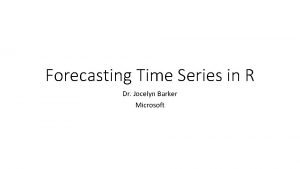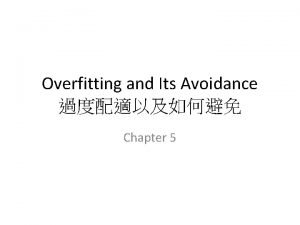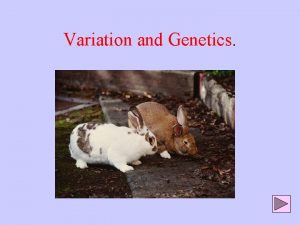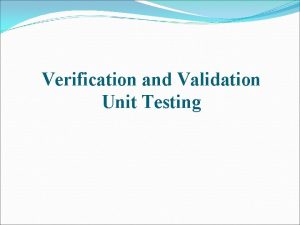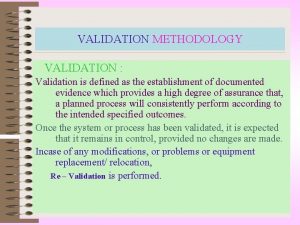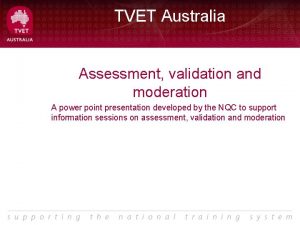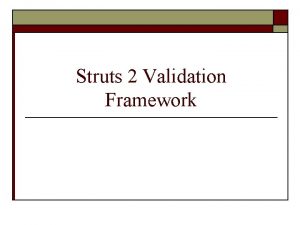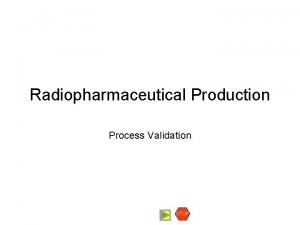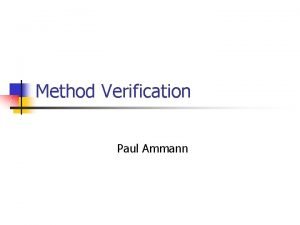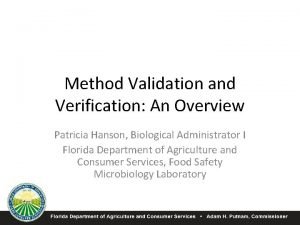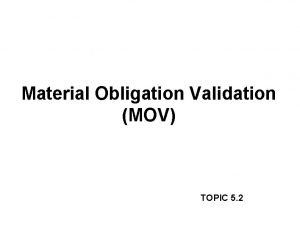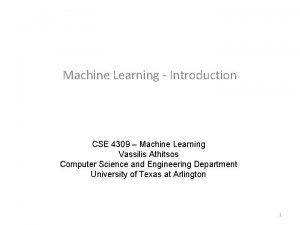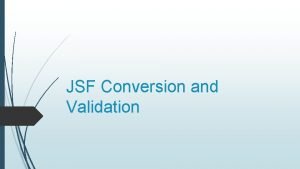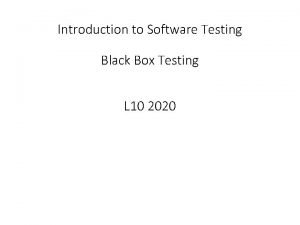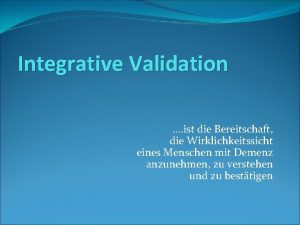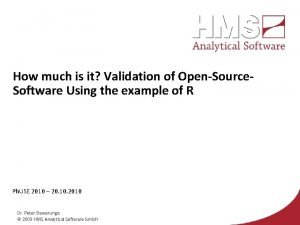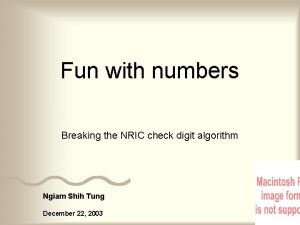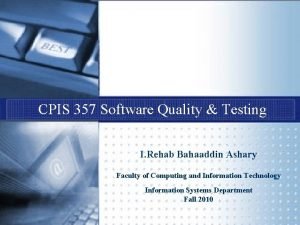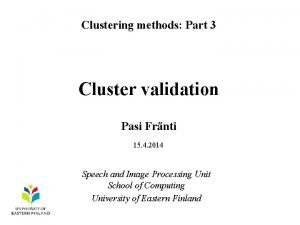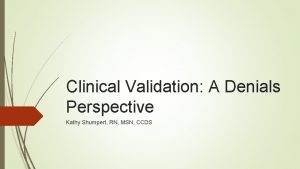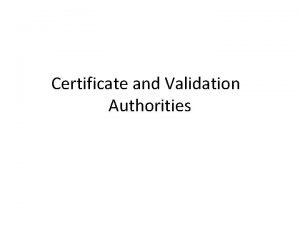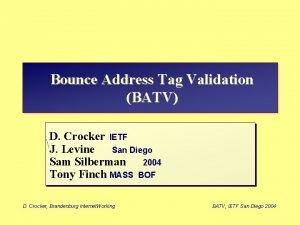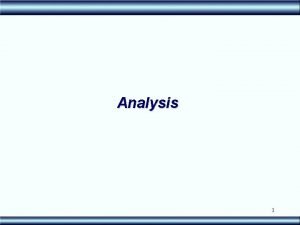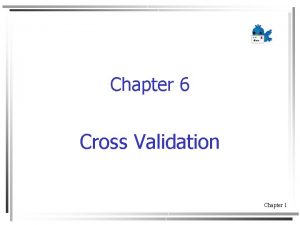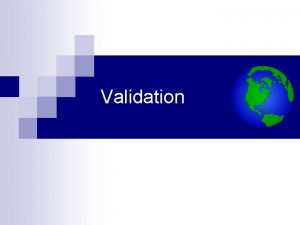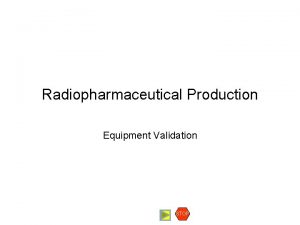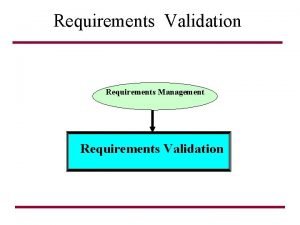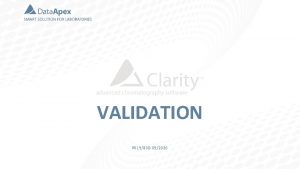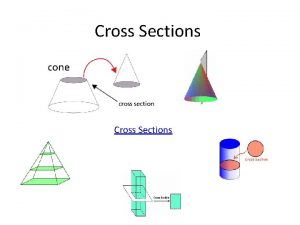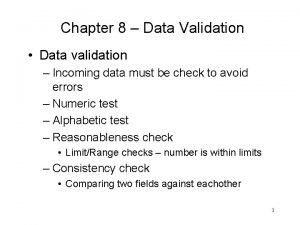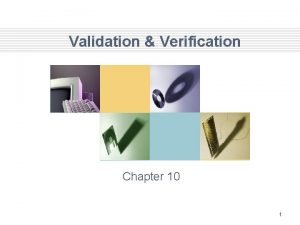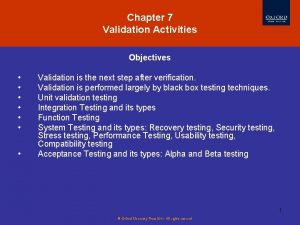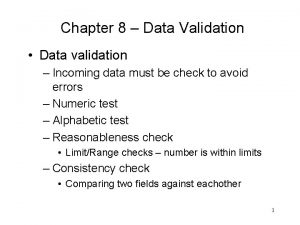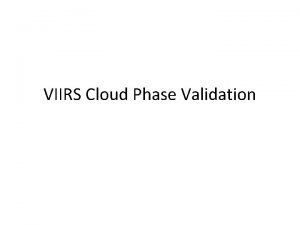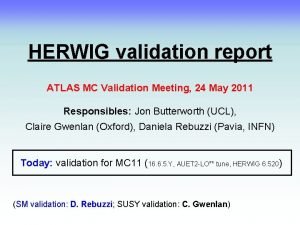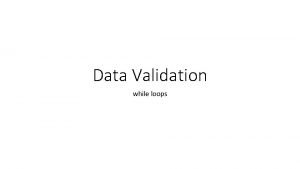Chapter 7 Cross Validation Chapter 1 Cross Validation





































- Slides: 37

Chapter 7 Cross Validation Chapter 1

Cross Validation • Cross validation is a model evaluation method that is better than residuals. ������� • The problem with residual evaluations is that they do not give an indication of how well the learner will do when it is asked to make new predictions for data it has not already seen. • One way to overcome this problem is to. . not use the entire data set when training a learner. • Some of the data is removed before training begins. Then when training is done, the data that was removed can be used to test the performance of the learned model on ``new'' data. • This is the basic idea for a whole class of model evaluation methods called cross validation. 2 ������ Data Warehouse and Data Mining Chapter 7

Data Warehouse and Data Mining 3 Chapter 7

Data Warehouse and Data Mining 4 Chapter 7

Data Warehouse and Data Mining 5 Chapter 7

The holdout method • The holdout method is the simplest kind of cross validation. • The data set is separated into two sets, called the training set and the testing set. • The function approximator fits a function using the training set only. • Then the function approximator is asked to predict the output values for the data in the testing set (it has never seen these output values before). Data Warehouse and Data Mining 6 Chapter 7

Data Warehouse and Data Mining 7 Chapter 7

Data Warehouse and Data Mining 8 Chapter 7

Data Warehouse and Data Mining 9 Chapter 7

Data Warehouse and Data Mining 10 Chapter 7

Data Warehouse and Data Mining 11 Chapter 7

Data Warehouse and Data Mining 12 Chapter 7

Data Warehouse and Data Mining 13 Chapter 7

Data Warehouse and Data Mining 14 Chapter 7

The holdout method • The errors it makes are accumulated as before to give the mean absolute test set error, which is used to evaluate the model. • The advantage of this method is that it is usually preferable to the residual method and takes no longer to compute. • However, its evaluation can have a high variance. • The evaluation may depend heavily on which data points end up in the training set and which end up in the test set, the evaluation may be significantly different depending on how the division is made. Data Warehouse and Data Mining 15 Chapter 7

Leave-one-out cross validation • Leave-one-out cross validation (LOOCV) is K-fold cross validation taken to its logical extreme, with K equal to N, the number of data points in the set. • That means that N separate times, the function approximator is trained on all the data except for one point and a prediction is made for that point. • As before the average error is computed and used to evaluate the model. Data Warehouse and Data Mining 16 Chapter 7

Data Warehouse and Data Mining 17 Chapter 7

Data Warehouse and Data Mining 18 Chapter 7

Data Warehouse and Data Mining 19 Chapter 7

Data Warehouse and Data Mining 20 Chapter 7

Data Warehouse and Data Mining 21 Chapter 7

Data Warehouse and Data Mining 22 Chapter 7

Data Warehouse and Data Mining 23 Chapter 7

Data Warehouse and Data Mining 24 Chapter 7

Leave-one-out cross validation leave-one-out cross validation error (LOO-CVE) is good, but at first • The evaluation given by pass it seems very expensive to compute. • Fortunately, locally weighted learners can make LOO predictions just as easily as they make regular predictions. • That means computing the LOO-CVE takes no more time than computing the residual error and it is a much better way to evaluate models. Data Warehouse and Data Mining 25 Chapter 7

K-fold cross validation • K-fold cross validation is one way to improve over the holdout method. • The data set is divided into k subsets, and the holdout method is repeated k times. • Each time, one of the k subsets is used as the test set and the other k-1 subsets are put together to form a training set. • Then the average error across all k trials is computed. • The advantage of this method is that it matters less how the data gets divided. • Every data point gets to be in a test set exactly once, and gets to be in a training set k-1 times. Data Warehouse and Data Mining 26 Chapter 7

Data Warehouse and Data Mining 27 Chapter 7

Data Warehouse and Data Mining 28 Chapter 7

Data Warehouse and Data Mining 29 Chapter 7

Data Warehouse and Data Mining 30 Chapter 7

Data Warehouse and Data Mining 31 Chapter 7

Data Warehouse and Data Mining 32 Chapter 7

Data Warehouse and Data Mining 33 Chapter 7

K-fold cross validation • The variance of the resulting estimate is reduced as k is increased. • The disadvantage of this method is that the training algorithm has to be rerun from scratch k times, which means it takes k times as much computation to make an evaluation. • A variant of this method. . is to. . . randomly divide the data into a test and training set k different times. • The advantage of doing this is that you can independently choose how large each test set is and how many trials you average over. Data Warehouse and Data Mining 34 Chapter 7

Data Warehouse and Data Mining 35 Chapter 7

Data Warehouse and Data Mining 36 Chapter 7

Reference http//: www. cs. cmu. edu/~schneide/tut 5/node 42. html Data Warehouse and Data Mining 37 Chapter 7
 Jocelyn barker
Jocelyn barker Overfitting
Overfitting Test cross and back cross
Test cross and back cross Test cross and back cross with example
Test cross and back cross with example Complete dominace
Complete dominace Monohybrid cross vs dihybrid cross
Monohybrid cross vs dihybrid cross In the cross, in the cross be my glory ever
In the cross, in the cross be my glory ever Compensating curve in complete denture
Compensating curve in complete denture Akamai xss bypass
Akamai xss bypass Is unit testing verification or validation
Is unit testing verification or validation Wpf validation.errortemplate
Wpf validation.errortemplate Prospective validation
Prospective validation Validation and moderation service
Validation and moderation service Twic nexgen card
Twic nexgen card Struts validation
Struts validation Process validation report
Process validation report Arelle xbrl
Arelle xbrl Method verification vs validation
Method verification vs validation Method verification vs validation
Method verification vs validation Material obligation validation
Material obligation validation Why we use validation set
Why we use validation set Jsf validation
Jsf validation Graph based testing example
Graph based testing example Gefühle validieren beispiele
Gefühle validieren beispiele Software validation example
Software validation example Validation nach richard
Validation nach richard Checksum nric
Checksum nric Benaderingswijzen
Benaderingswijzen Business process validation
Business process validation Verification and validation
Verification and validation Cluster validation methods
Cluster validation methods Clinical validation denials
Clinical validation denials Validation authority
Validation authority Sam j. levine
Sam j. levine Validation check ict
Validation check ict Gis data validation
Gis data validation Verification and validation
Verification and validation Kentucky board of nursing investigation branch
Kentucky board of nursing investigation branch
